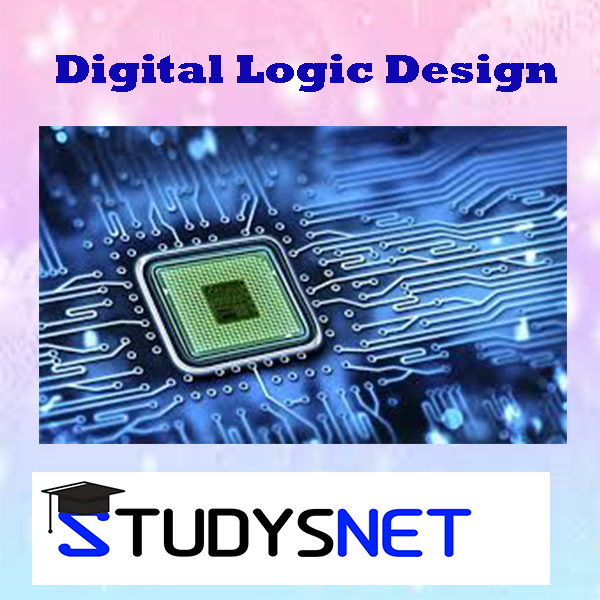Digital Logic Design free videos and free material uploaded by Ramanjaneyulu K .
OBJECTIVE:
- To introduce the basic tools for design with combinational and sequential digital logic and state machines.
- To learn simple digital circuits in preparation for computer engineering.
UNIT- I:
Digital Systems and Binary Numbers; Digital Systems, Binary Numbers, Binary Numbers, Octal and Hexadecimal Numbers, Complements of Numbers, Complements of Numbers, Signed Binary Numbers,Arithmetic addition and subtraction
UNIT -II:
Concept of Boolean algebra: Basic Theorems and Properties of Boolean algebra, Boolean Functions, Canonical and Standard Forms, Minterms and Maxterms,
Unit -III:
Gate level minimization : Map Method, Two-Variable K-Map, Three-Variable K-Map, Four Variable K-Maps. Products of Sum Simplification, Sum of Products Simplification, Don’t – Care Conditions, NAND and NOR Implementation, Exclusive‐OR Function
UNIT- IV:
Combinational Logic: Introduction, Analysis Procedure, Design Procedure, Binary Adder–Subtractor, Decimal Adder, Binary Multiplier, Decoders, Encoders, Multiplexers, HDL Models of Combinational Circuits
Unit- V:
Synchronous sequential logic: Introduction to Sequential Circuits, Storage Elements: Latches, Storage Elements: Flip‐Flops, Analysis of Clocked Sequential Circuits, Mealy and Moore Models of Finite State Machines
Unit-VI:
Registers and counters : Registers, Shift Registers, Ripple Counters, Synchronous Counters, Ring Counter, Johnson Counter, Ripple Counter
Outcomes:
A student who successfully fulfills the course requirements will have demonstrated:
<!--[if !supportLists]-->· An ability to define different number systems, binary addition and subtraction, 2’s complement representation and operations with this representation.
<!--[if !supportLists]-->· An ability to understand the different switching algebra theorems and apply them for logic functions.
<!--[if !supportLists]-->· An ability to define the Karnaugh map for a few variables and perform an algorithmic reduction of logic functions.
<!--[if !supportLists]-->· An ability to define the other minimization methods for any number of variables Variable Entered Mapping (VEM) and Quine-MeCluskey (QM) Techniques and perform an algorithmic reduction of logic functions.

- 0 Reviews
- 22 Students
- 73 Courses

Write a public review